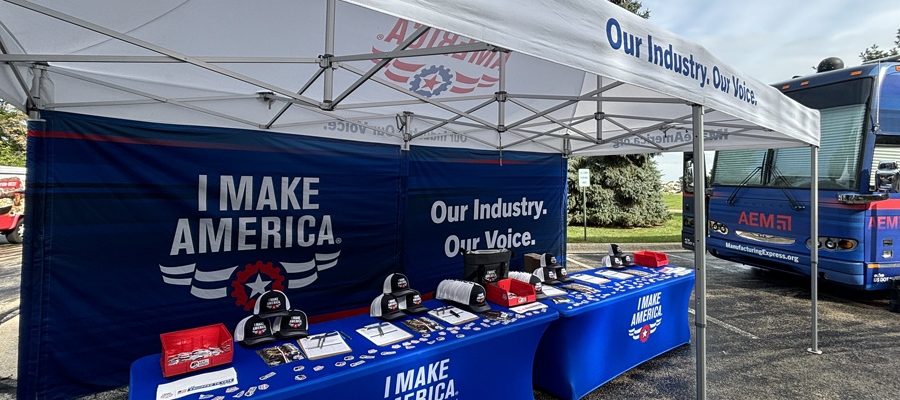By Daniel Mega, Industrial Machinery Specialist, Emerson Automation Solutions
It’s a scenario no equipment-rental company can afford: A big construction project comes to a halt because a rented air compressor or power generator breaks down. And because of supply chain bottlenecks, replacement parts are a long time coming. Every sidelined piece of equipment is revenue and opportunity lost.
The construction market has recovered strongly from the COVID-driven slump of 2020, and forecasts for 2022 are bullish for all key sectors, including homebuilding and nonresidential. That doesn’t include the federal government’s $1 trillion infrastructure spend, signed into law in November, which should give an even bigger boost to 2023. Equipment rental companies will grow right along with construction to nearly $65 billion by 2025, according to the latest survey by Research and Markets.
With so much opportunity ahead, expect the rental industry to gear up accordingly, investing heavily in fleets of revenue-producing machines. The payoff for that investment depends on how well the equipment holds up in the field and how quickly maintenance issues can be resolved. Overall Equipment Efficiency (OEE) is the metric that will determine whether an investment is smart or regrettable.
Often that boils down to components, because when a compressor fails, it’s not the whole compressor that fails, but part of it. It benefits major rental companies to specify, as part of their initial orders, components that last longer and can be quickly replaced. The good news is, when manufacturers are competing for their business, buyers have more influence than they may think.
Before placing that big order, rental companies should review with the original equipment manufacturer not just the entire unit but what goes into it. Ask the following questions: Where are the components made? Is a distribution network in place to support repair and replacement? Are the components standardized or variable? (Standardized is better.) Is there data to prove the reliability of components? Is that data field-tested? Do the components manufacturers have a proven track record for initial quality and support capacity?
For a successful build-to-order strategy, the key issues are:
- Quality: The ability of a piece of equipment to go longer and under harsher conditions. High initial quality generates better bottom-line performance for owners and operators. If an equipment manufacturer uses variable components, quality is difficult to predict.
- Availability: Unplanned downtime turns a capital asset into a liability—in more ways than one. Yes, the rental income is interrupted, but the goodwill damage can be even worse. When a compressor or generator breaks down, an entire project can come to a halt, deadlines are missed, and the productivity of the entire payroll is compromised. Rental companies can’t afford to lose the goodwill of project managers. Standardization creates efficiencies and helps rental companies handle tight turnaround schedules to get capital equipment back in the field. By specifying components backed by a strong North American supply chain, rental companies can take the guesswork out of maintenance and repair.
- Performance in a changing regulatory environment: Increasingly, this means sustainability. New standards for emissions and efficiency introduced through government regulations have major implications for aging fleets, but even new equipment could have components that fall short of the increasingly higher bar set by regulators. Components should come from manufacturers that have the capacity, track record and commitment to keep up with emerging global standards.
For large rental companies, the stakes simply are too high to take whatever components the equipment manufacturer wishes (for its own reasons) to use. Time is money, and when a single, diesel-powered compressor can rent for more than $700 a day, downtime is the enemy.
By all indications, a healthy construction market will provide a robust period of opportunity for equipment-rental companies in the years ahead. Insisting on quality, standardized components with strong supply chains and support is the best way to make sure that no opportunities are missed.
Daniel Mega is an Industrial Machinery Specialist at Emerson Automation Solutions, working with customers on how best to achieve their automation and fluid control goals. He joined Emerson in 2017.
For more news and information regarding issues important to equipment manufacturers, subscribe to the AEM Industry Advisor.





